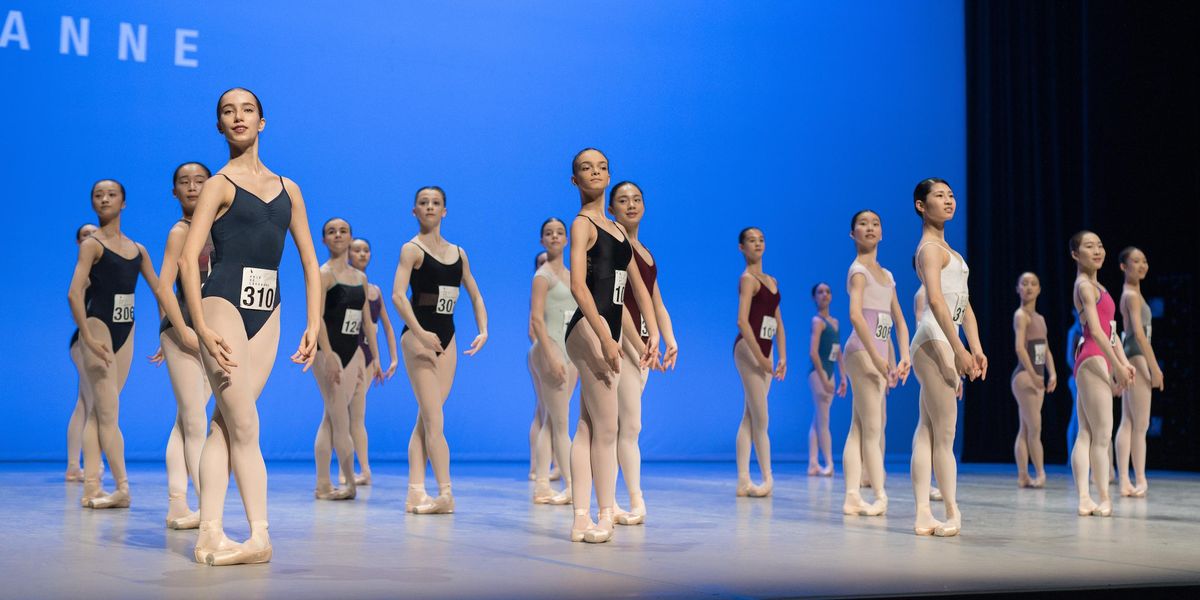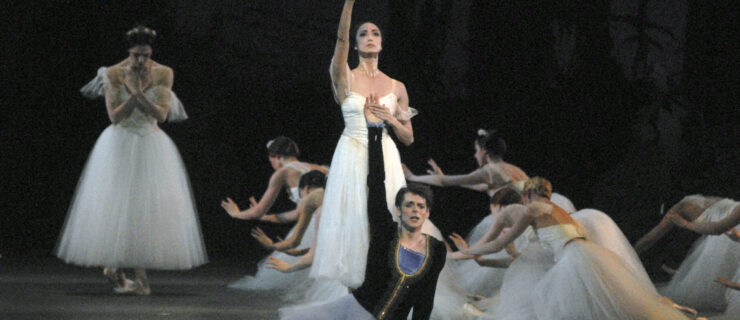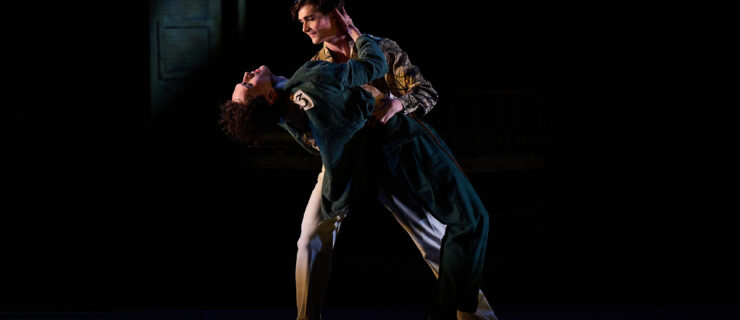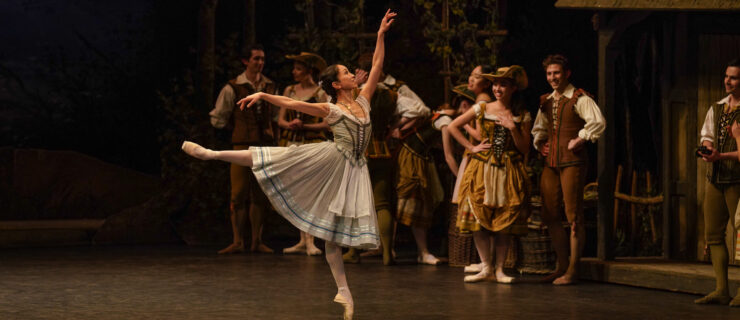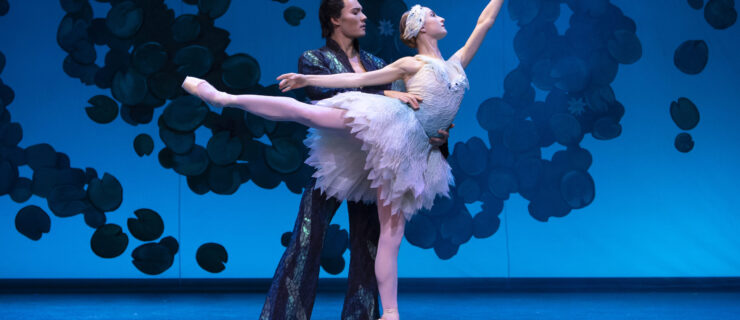The 2021 Prix de Lausanne Prepares for a Year Like No Other
In an ordinary year, early February marks an exciting time in the ballet world: the return of the prestigious Prix de Lausanne competition. But this is no ordinary year, so this is no ordinary Prix. Due to the pandemic, the 2021 edition will run from January 31 to February 7, completely via video.
Rather than travel to Switzerland to perform in person, the 78 carefully selected candidates (including 11 Americans), who hail from 20 countries, will submit prerecorded videos of classical and contemporary variations and classwork in hopes of winning scholarships or apprentice contracts to top-tier international academies and companies. Their work will be viewed by a panel of nine ballet luminaries, chaired by Basel Ballet director and head choreographer Richard Wherlock.

Gregory Batardon, Courtesy Prix de Lausanne
The jury members, who will meet in a hotel ballroom in Lausanne while maintaining social distancing, will watch the performances via video and judge them live. Sticking to the normal Prix de Lausanne schedule, they’ll narrow the group down to 20 finalists by the end of the week, and view their variations anew during the finals on February 6. Fans around the world can follow the competition all week through a livestream on Prix de Lausanne’s website and on Arte Concert.
“We’ve been changing our plan since last April,” says Prix de Lausanne artistic and executive director Kathryn Bradney. “We were hoping that the situation would get better and candidates could come to Lausanne, but of course that isn’t the case.” Bradney’s team has been working to make sure that this newly fashioned version of the Prix runs as smoothly as possible, since the ultimate goal is to match young talent with partner schools and companies. “We’re doing a huge effort to put our partners in contact with the dancers,” says Bradney, who worked to develop a private networking app aimed to facilitate connections. “This way the dancers won’t miss out on the year, and can get a possible offer starting August or September of 2021.”

Anne-Laure Lechat and Amélie Blanc, Courtesy Prix de Lausanne
To help place the candidates on equal footing despite the huge variety of circumstances they’re currently living and training under, the Prix de Lausanne supplied them each with funds to rent space and film their variations. And in lieu of the full week of on-site classes and coaching the jury usually has access to, the dancers will submit just 10 minutes of classwork. “It’s five minutes of barre and five minutes of center,” says Bradney. “But they’ll use their teachers’ exercises, so they’re actually comfortable with what they’re doing. It shows them at their best.” And since December, competitors have also had access to prerecorded Zoom master classes and contemporary coaching sessions, designed to expose them to different teachers and approaches.

Rodrigo Buas, Courtesy Prix de Lausanne
Despite all of the changes, the Prix de Lausanne is thriving. This year marks the inaugural Young Creation Award, a choreographic competition open to dancemakers ages 14 to 20. The two winners, chosen from a pool of five preselected finalists, will choreograph solos for the repertoire of contemporary variations available to Prix competitors in 2022. And this year, the Prix de Lausanne saw the highest number of applicants in its 49-year history: 399 dancers from 43 countries. “The level is really high,” says Bradney. “I can see the dancers’ determination despite the lockdowns. Dancers want to dance anyways, and they’ve been working from home and keeping in shape. It’s been really inspiring.”
Watch the Prix de Lausanne live from January 31 to February 6 at
prixdelausanne.org and on Arte Concert.
